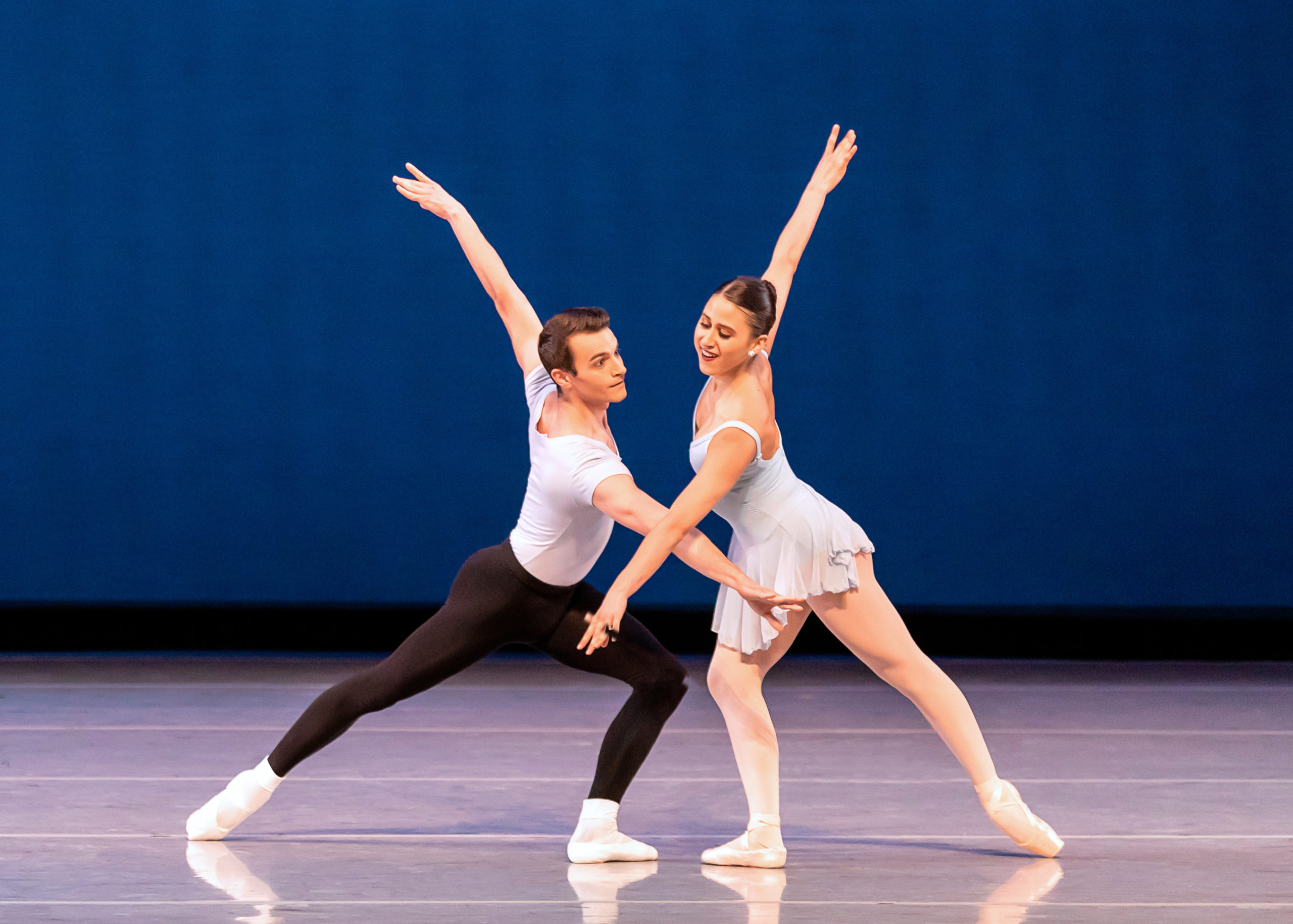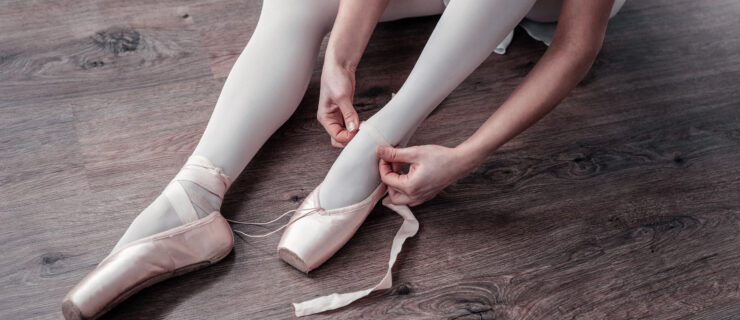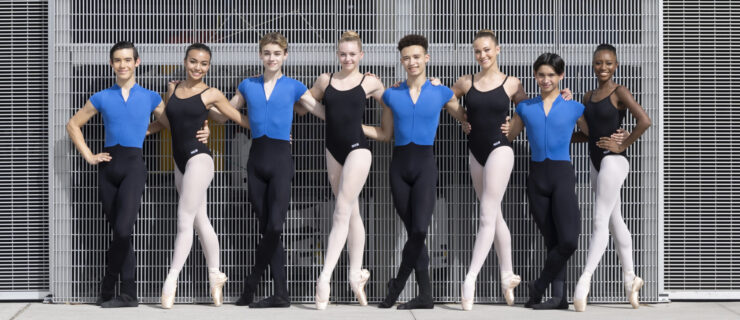Over-Rehearsing: When Too Much Isn’t Enough
If practice makes perfect, will more rehearsal lead to more-perfect performances? It’s natural to think that working harder—the ballet dancer’s go-to solution—will give you an edge when competition medals, scholarships, company contracts and coveted roles are on the line. But spending extra hours in the studio, scheduling more coaching sessions or repeating that variation one more time can lead to mental and physical fatigue, injury, and loss of joy in performing—the telltale signs of over-rehearsing.
Substantial training and rehearsal time are a fact of life for students and professional dancers alike, and caring for your mental and physical wellness will allow you to meet those demands and let your artistry shine through. Here’s how to take a healthy, pro-active approach to dancing your best.
When Repetition Becomes Overkill
As important as it is to be competition-ready, over-rehearsing can lead to burnout or injury, says Dmitri Kulev, co-founder with his wife, Jennifer, of the Dmitri Kulev Classical Ballet Academy in Laguna Hills, California. “With some coaches, it’s just rehearse, rehearse, rehearse,” he says. “The students mechanically do the combination, and they are not inspired to perform.” The potential longer-term consequences can be more serious. “I’ve seen very talented students give up on ballet by 15 or 16,” says Kulev. “We are not machines; we are human beings.”
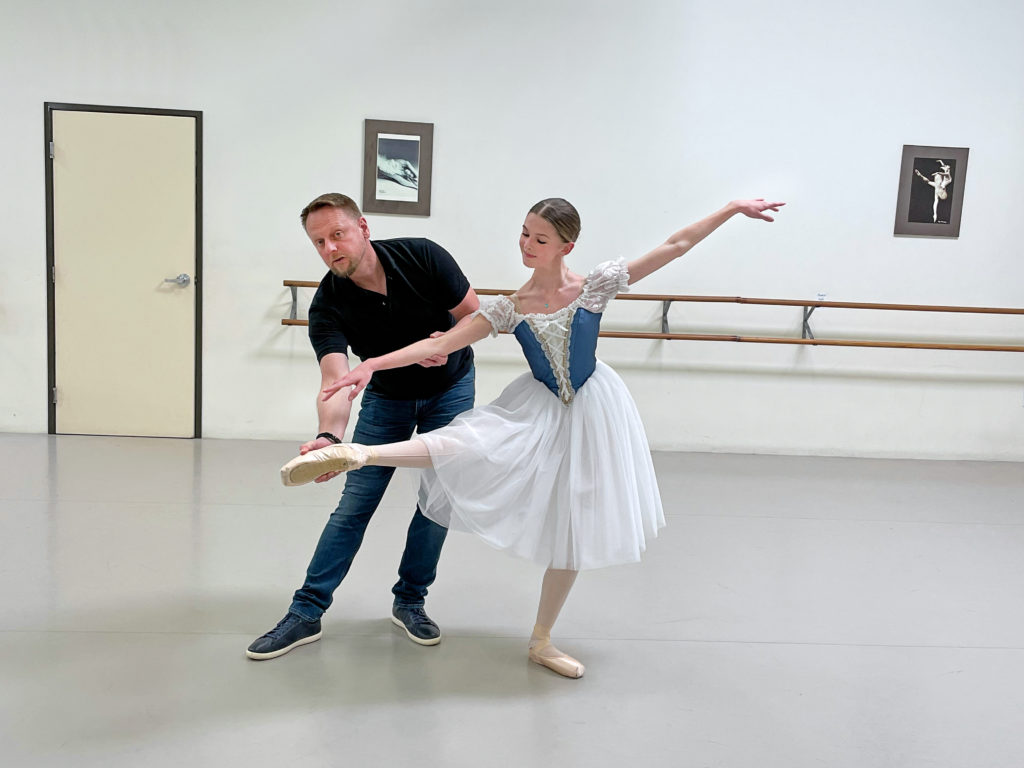
Nashville Ballet dancer Jamie Kopit managed to avoid the pitfalls of over-rehearsing as a student at Southland Ballet Academy. “I competed for a long time, and I would spend two hours a week working on my variation—that’s a lot of time for two minutes onstage,” she says. “But my teacher taught me that competitions were opportunities to perform, and you should feel the spontaneity and freshness of live performance.” Her performance at Youth America Grand Prix earned her a scholarship to the Royal Ballet Upper School.
It was when Kopit joined the corps de ballet of American Ballet Theatre, with its extensive repertoire of full-length ballets, that the workload took its toll. “You’re doing every rehearsal so that each principal cast gets their full run-through. Sometimes you do it twice a day, and then you’re doing all eight shows,” she says. Kopit danced dozens of performances of Swan Lake, La Bayadère, Giselle and The Sleeping Beauty during her six years at ABT, ultimately developing stress reactions in her tibia. “Often you’re injured before the show starts, and you’ve done it so many times you can lose the spark.”
Once More, With Meaning
Nashville Ballet rehearsal director Kate Crews Linsley manages the risks of heavy rehearsal schedules by striving to make every run-through, cleaning rehearsal and coaching session meaningful. “Sometimes you have to do it for stamina, or you have an understudy coming in and the rest of the cast needs to help get them ready,” she says. “Some choreographers are notorious for over-rehearsal, and you have to let them do it.” Explaining the intention behind every rehearsal allows dancers to feel a purposeful connection to the work and provides a refreshing shift in focus. “Otherwise, there’s a mental checking-out, and you don’t want that onstage.”
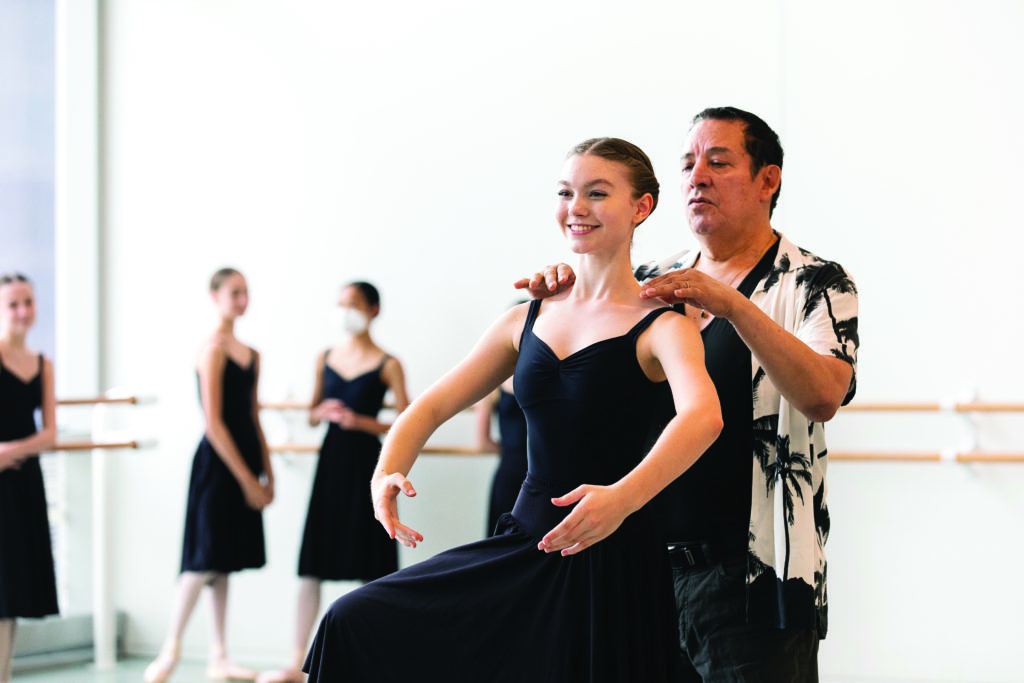
The same principle applies to competition prep, says Claudio Muñoz, ballet master at Houston Ballet II and a faculty member of Houston Ballet Academy’s Pre-Professional Program. “Repetition is very important, but there has to be a reason,” he says. He teaches variations by breaking them down into beginning, middle and end, and working on the sections separately before doing a full run-through. Muñoz, who has trained numerous Prix de Lausanne finalists, treats daily technique class as the foundation for his coaching. For example, “when you are teaching adagio, and you explain to a student how to use the eyes, the épaulement, the plié, all of that is going to go into their variation.”
Kulev concurs with that approach: “Training starts in class, so that you don’t need to spend time in rehearsal working on holding the passé for pirouettes.” He now limits private coaching to half-hour sessions, each with a different focus. “One week we’ll work on upper body, the next on transition steps, then on technique, and then we’ll put it all together.” He also assigns homework, such as researching the history of the ballet or the role, to engage dancers beyond technique. “It’s important to have that balance,” he says. “Even professional dancers can do homework.”
Make Wellness Part of Your Practice
To stay healthy during intense rehearsal times, tune in to the signals from your mind and body. After using FloorBarre to relearn to use her turnout and recover from her tibia injury, Kopit became a Gyrotonic teacher and added plyometrics to her routine. “It took me till my late 20s to know what my body needs,” she says. “When I’m dancing less, I try to reeducate my body with jump training and Gyro, so that when I have those brutal times, it’s ready.”
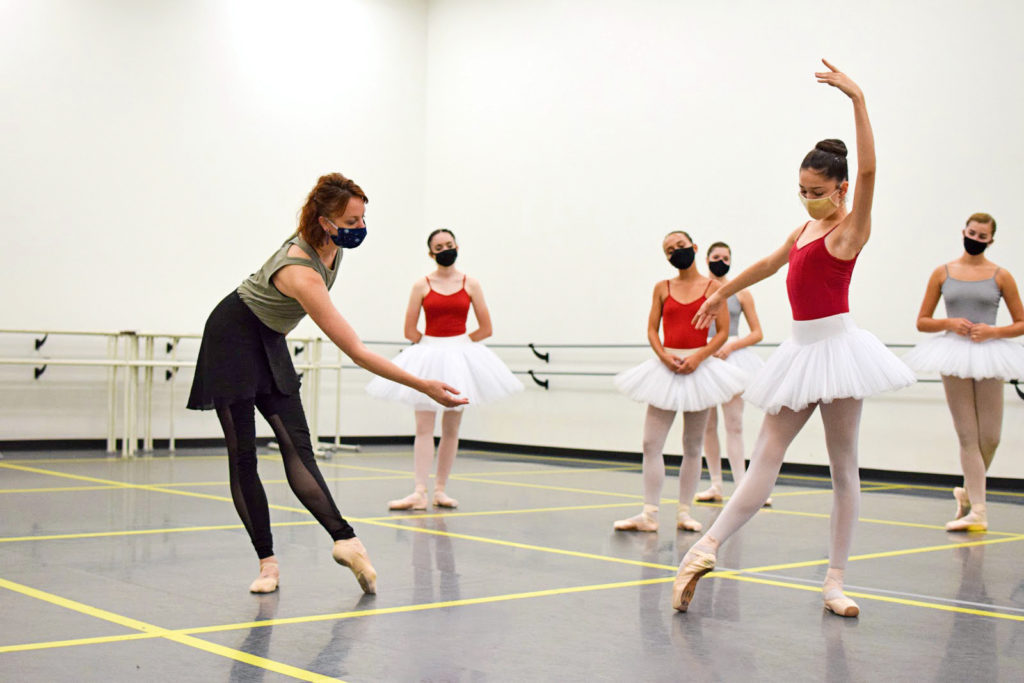
Linsley encourages dancers to speak up about their emotional needs. “The perspective in the industry now is balance,” she says. “If you start feeling dread, or you feel the inspiration start to deplete, that’s worth a conversation. I want the feedback so I can keep that dancer on course.” Muñoz agrees that good communication between teacher and student, or artist and rehearsal director, is essential. “The dancer has to be totally confident that the coach is looking out for the best for them.”
In the end, all that rehearsal leads to the joy of performing. “Sometimes it’s hard, especially in the corps,” says Kopit. “But when you get onstage, it shouldn’t feel like you’re doing it for the hundredth time—it should feel different. Performance is taking in the moment, and you’re doing it because you love it.”
